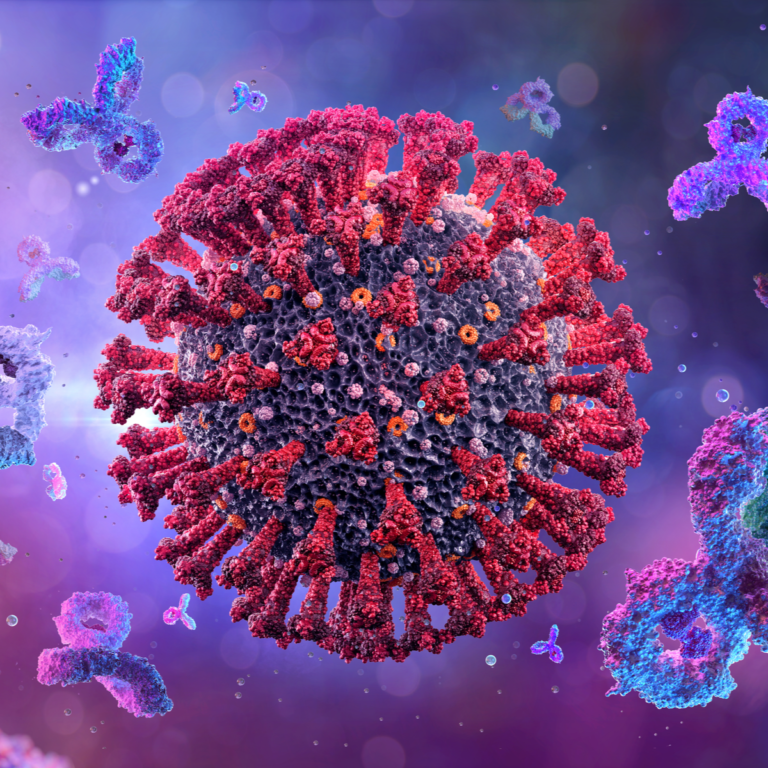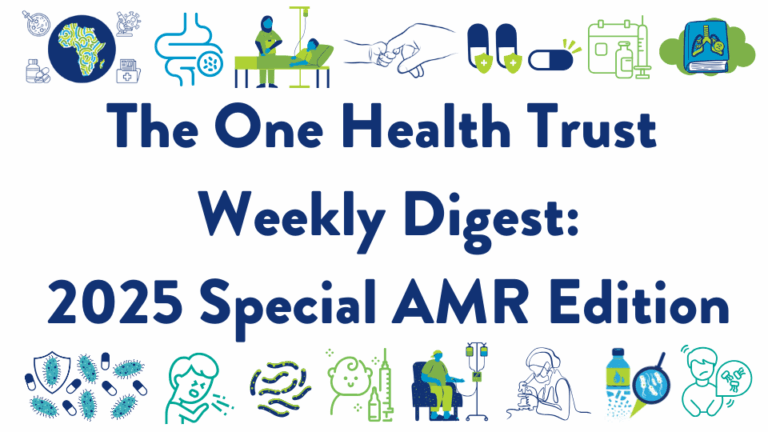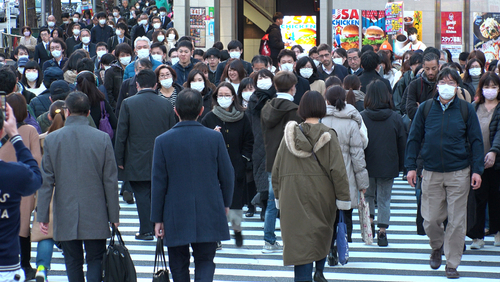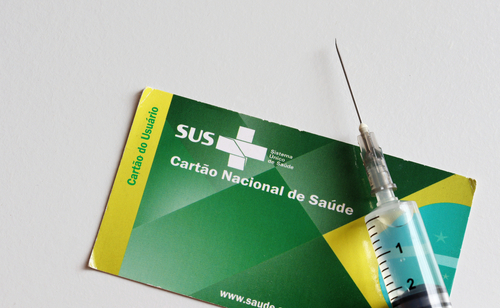April 20, 2021
Decline in broad-spectrum antibiotic use during the COVID-19 epidemic in South Korea. A team of researchers from Konyang University College of Medicine in South Korea, University of Hong Kong, and CDDEP used national reimbursement data to assess changes in nationwide use of broad-spectrum antibiotics during the COVID-19 epidemic in South Korea. The study showed that compared to the three previous years, the use of broad-spectrum antibiotics during the COVID-19 pandemic decreased between 15% and 55%, with the most considerable reduction seen in the use of penicillin with beta-lactamase inhibitors (54%). The findings suggested that reductions in the number of viral acute respiratory tract infections resulting from public health control measures and reductions in care-seeking behavior may have contributed to declines in the use of broad-spectrum antibiotics. [Clinical Infectious Diseases]
Human antibiotic use is the key driver of antibacterial resistance. Researchers at the University of Bristol developed a compartment model incorporating a One Health approach to compare contributions to AMR from human and animal welfare and the environment and identify any possible interactions that may ultimately impact AMR in human populations. Human antibiotic consumption was estimated to be the biggest driver of AMR. Even though reductions in all sectors would significantly impact the emergence of AMR, reductions in human consumption were estimated as 13 times more impactful than reductions in animal consumption. [One Health]
Multi-faceted interventions are most effective at improving antibiotic use in low- and middle-income countries. Inappropriate antibiotic use is a significant contributor to antibiotic resistance, and interventions to reduce it have formed an essential part of national and local strategies. A systematic review of interventions to curtail inappropriate antibiotic use in low- and middle-income countries (LMICs) identified 43 studies from 25 countries. The majority of the studies (83.7%) evaluated interventions in the public sector targeted at health care providers, and 71.4% of the studies found that interventions improved antibiotic prescribing and use. Multi-faceted interventions were more effective in improving antibiotic use than single-faceted ones, and education interventions combined with training were the most effective. [Health Policy and Planning]
Antibiotic use decreased in British Columbia during the onset of the covid-19 pandemic. Researchers at British Columbia Center for Disease Control and the University of British Columbia in Canada analyzed antibiotic prescriptions data from January 1, 2016, to July 30, 2020, for all BC residents. The study revealed a greater than 30% reduction in overall monthly prescription rates in April, May, and July of 2020 compared to the same months of 2019. Although the decline in antibiotic prescription could be due to COVID-19 mitigation measures and existing stewardship programs, the abrupt reduction of prescriptions rates, beginning in April 2020, was attributed to the reduced opportunities for infectious disease transmission due to the public health measures as a response to the pandemic. [Open Forum Infectious Diseases]
Meningococcal B vaccination coverage among adolescents in the United States remains low. Although the incidence of invasive meningococcal disease in the United States has declined since the 1990s, its overall case-fatality ratio remains 10-15%. Researchers in the United States conducted a cross-sectional study using the 2017-2018 National Immunization Survey-Teen data to estimate Serogroup B meningococcal (MenB) vaccination rates among 17-year-olds in the United States. In 2018, 17.2% of respondents had received at least one dose, while only 8.4% had received a second dose. MenB vaccination coverage was lowest in the South (14.6% had received at least one dose) and highest in the Northeast region (18.3% received at least one dose). Having Medicaid insurance and being up to date with HPV vaccination were positively associated with receiving the MenB vaccine. Preventive care visits among older adolescents can provide valuable opportunities to deliver multiple vaccines to this age group. [Vaccine]
Increased transmissibility but no association with severe disease for the SARS-CoV-2 B.1.1.7 lineage in London, UK. Researchers at University College London analyzed samples from patients admitted with COVID-19 during the months of Winter 2020 to investigate associations between the B.1.1.7 variant and severe disease. Of the 341 sequenced samples, 58% indicated the presence of B.1.1.7 infection. The viral load estimation was found to be higher in B.1.1.7 samples than in non-B.1.1.7 samples, supporting emerging evidence of increased transmissibility of B.1.1.7. However, no association was found between the variant and severe disease as shown by the unadjusted prevalence ratio (PR, 0.97; 95% CI 0.72 to 1.31) and the prevalence ratio adjusted for hospital, sex, age, comorbidities, and ethnicity (adjusted PR 1.02; 0.76 to 1.38). [The Lancet Infectious Diseases]
No changes in symptoms or reinfection rate for the SARS-CoV-2 variant B.1.1.7. Researchers at King’s College London conducted an ecological study examining associations between the proportion of infections with the SARS-CoV-2 B.1.1.7 variant and reported symptoms, disease course, rates of reinfection, and transmissibility. Data on symptoms was acquired from the COVID Symptom Study app users reporting a positive COVID test between September and December 2020. During the study period, 36,920 app users reported positive tests. No associations were found between the B.1.1.7 variant and reported symptoms or disease duration. The study found no evidence to indicate that reinfection was higher for the B.1.1.7 variant, suggesting that vaccines are likely to remain effective against this variant. [The Lancet Public Health] 
Previous SARS-CoV-2 infection induces effective immunity to reinfections for an average of seven months. In a multicentre, prospective, cohort study led by Public Health England, researchers investigated whether antibodies against SARS-CoV-2 were associated with a decreased risk of symptomatic and asymptomatic reinfection. Among the 25 661 eligible participants, between June 2020 and January 2021, the incidence density was 7.6 reinfections per 100,000 person-days in the previously infected cohort, compared with 57.3 primary infections per 100,000 person-days in the negative cohort. Previous SARS-CoV-2 infection was associated with an 84% lower risk of infection and a median protective effect of seven months, indicating that previous infection with SARS-CoV-2 induces effective immunity to future infections in most individuals. [The Lancet]
SARS-CoV-2 antibodies persist for six months after the second dose of mRNA-1273 vaccine. In a letter to the editor, researchers from the mRNA-1273 Study Group in the United States described the durability of protection from the Moderna mRNA-1273 SARS-CoV-2 vaccine. An exponential decay model assuming a steady decay rate over time and a power-law model assuming declining decay rates over time led to antibody half-life estimation of 52 days and 109 days, respectively. The study revealed that antibody activity remained high in all age groups on day 209 (6 months after the 2nd dose), illustrating the vaccine’s durable protection and the utility in addressing the Covid-19 pandemic [NEJM]
SARS-CoV-2–specific antibodies detected in breast milk following COVID-19 vaccination of breastfeeding women. Researchers from Shamir Medical Center in Israel conducted a prospective cohort study to monitor the secretion of SARS-CoV-2 specific IgA and IgG antibodies in breast milk in 84 breastfeeding women receiving two doses of the Pfizer-BioNTech vaccine 21 days apart. IgA and IgG secretion was detected as early as two and four weeks after vaccination, respectively, and remained elevated for the rest of the follow-up period (six weeks starting at week two after the first dose). Antibodies detected in breast milk displayed strong neutralizing effects, suggesting a potential protective effect against infection in the infant. [JAMA]
Photo: Shutterstock












